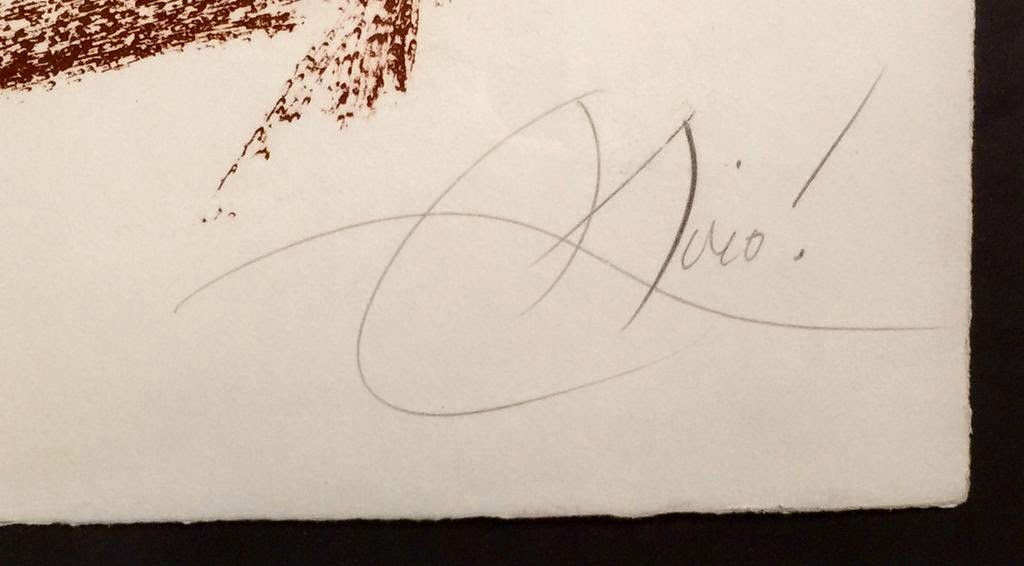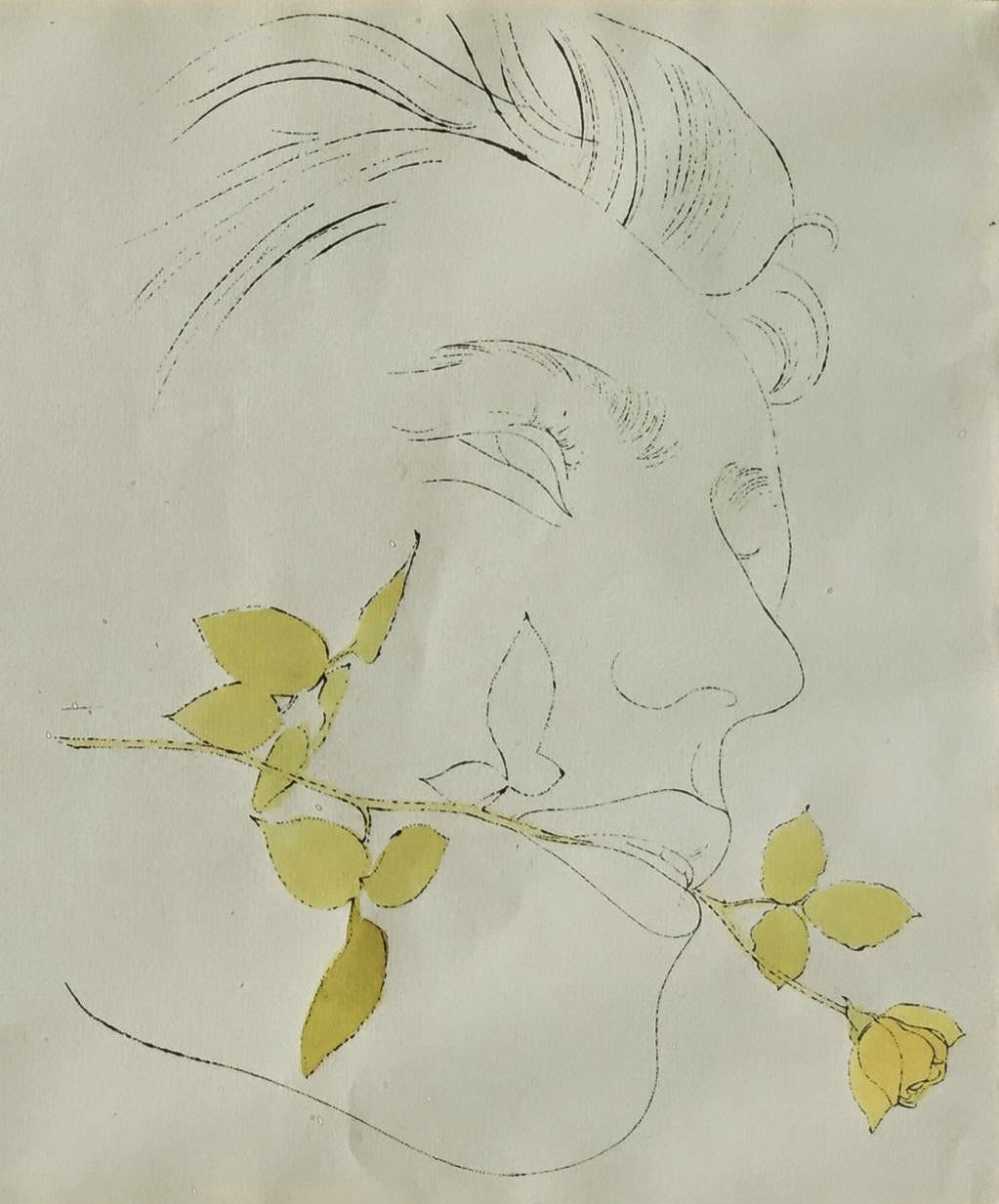Homage To Barnett Newman, 1979; Serigraph on paper; Signed and dated Gene Davis 1979 in pencil, lower right and numbered V/C in pencil, lower left; Framed using an acid-free 8-ply mat, a black wood exterior frame, and plexiglass.
Gene Davis is best known for his vertical “stripe paintings.” Davis never went to art school and spent most of his life in Washington DC, where he frequented the Phillips Collection, the National Gallery, and the Washington Workshop for the Arts. He along with fellow Washington DC artists Kenneth Noland and Morris Louis became the core group of the “Washington Color” school. This particular style of painting was championed by art critic Clement Greenberg and the group was known for their use of stripes, stains, and fields of color. Gene Davis has acknowledged Paul Klee, Jasper Johns, and Barnett Newman as “three dominant influences” on his own evolution of artistic development.
Close up of the number V/C (5/100)
Gene Davis first saw the work of Barnett Newman at Newman's first solo exhibition at the Betty Parsons Gallery in 1950. Davis immediately developed an appreciation for, what he called, Newman's “little stripe blips on colored fields.” In describing the contribution of Newman to his work he has said, “When I first discovered Newman’s painting in the early 1950s, I was attracted to the vertical stripes and not the color fields, which are actually what his work is all about. You might say that, in borrowing the vertical stripe from Newman, I was taking only what I needed.” In 1958 Gene Davis originated his all-over stripe painting, a structure that the artist would continue to explore for most of his career. His vertical stripes in the 1960's varied from wide bands of bold rich colors, to thin lines on the left and right side of a color field.
Barnett Newman’s series of fourteen canvases composing his 1958-1966 masterpiece "The Stations of the Cross: Lema Sabachtani," was the inspiration for this work by Gene Davis entitled "Homage to Barnett Newman" completed in 1979. Here, Davis has combined the overall structure of the Newman series of works into one composition, and yet he was still able to morph the forms/colors using his own vocabulary. In this work the grey field of color on the left and light tan on the right, are both joined and at the same time separated by a vertical stripe or as Newman called it, a "zip." On the right side of the composition, Davis has added a white stripe and on the left he has added three stripes of equal width; blue, green, and orange. The width of the right white stripe is equal to the combined widths of the three colored on the left; so these end strips on the work both balance by size but off balance by color. The work is so wonderfully composed and Gene Davis has succeeded in making this a marvelous homage to the great abstract expressionist painter, Barnett Newman!
Framed "Homage To Barnett Newman," 1979



































